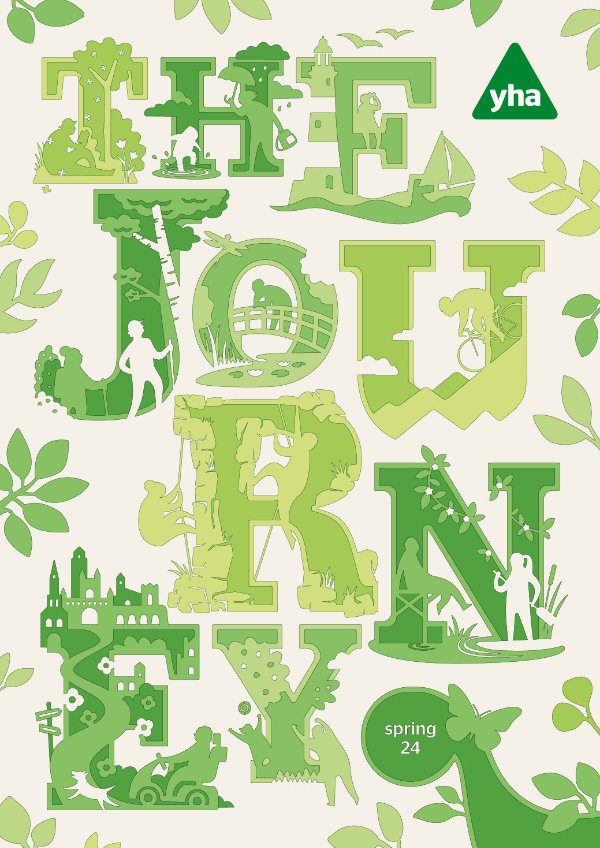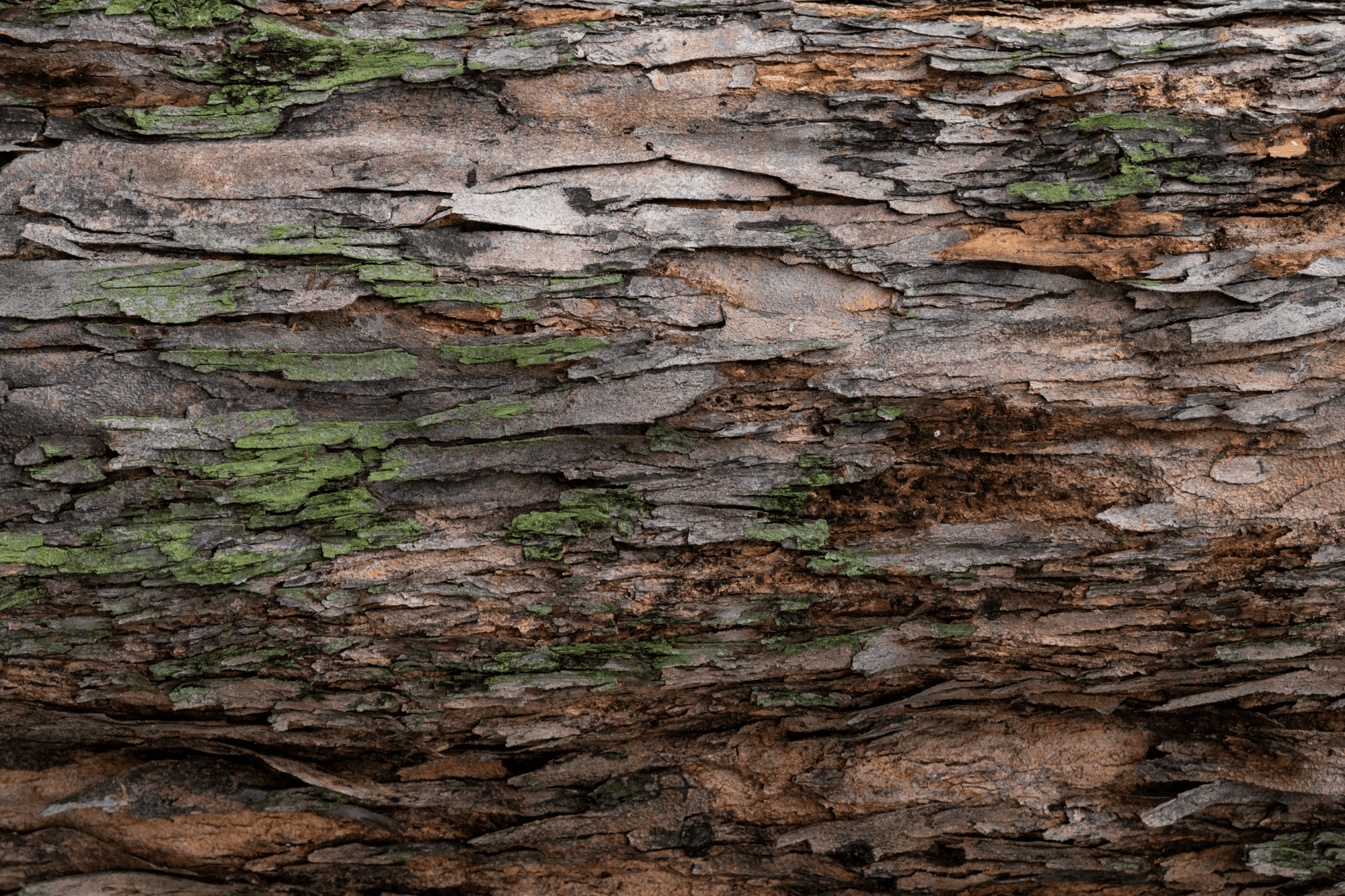Spring and summer is when wildflowers start to appear in our woodlands, gardens and hedgerows. They’re very important, because they help provide food for pollinators like bees, butterflies and moths. Here are six of the most common wildflowers in the UK – how many have you spotted this year?
Daisy

Usually appears: late spring to midsummer.
Facts: This cheery white and yellow flower is always easy to recognise. Its name comes from the expression ‘day’s eye’, because its petals close at night, then open again in the morning.
Daffodil
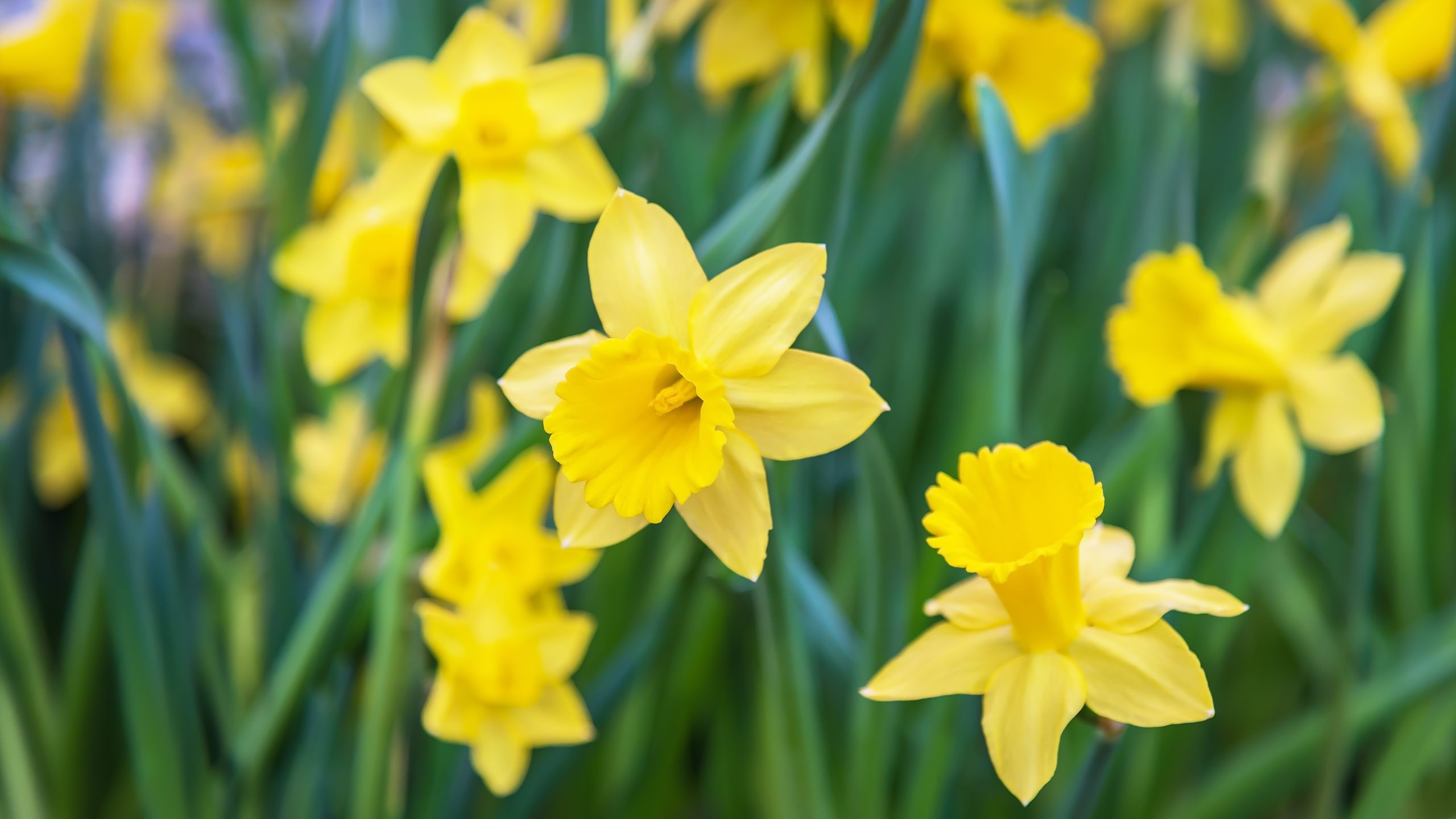
Usually appears: from late winter/early spring onwards.
Facts: The appearance of the daffodil, with its nodding head, bright petals and yellow trumpet, is one of the clearest signs that the seasons are changing. It’s also the national flower of Wales.
Bluebell
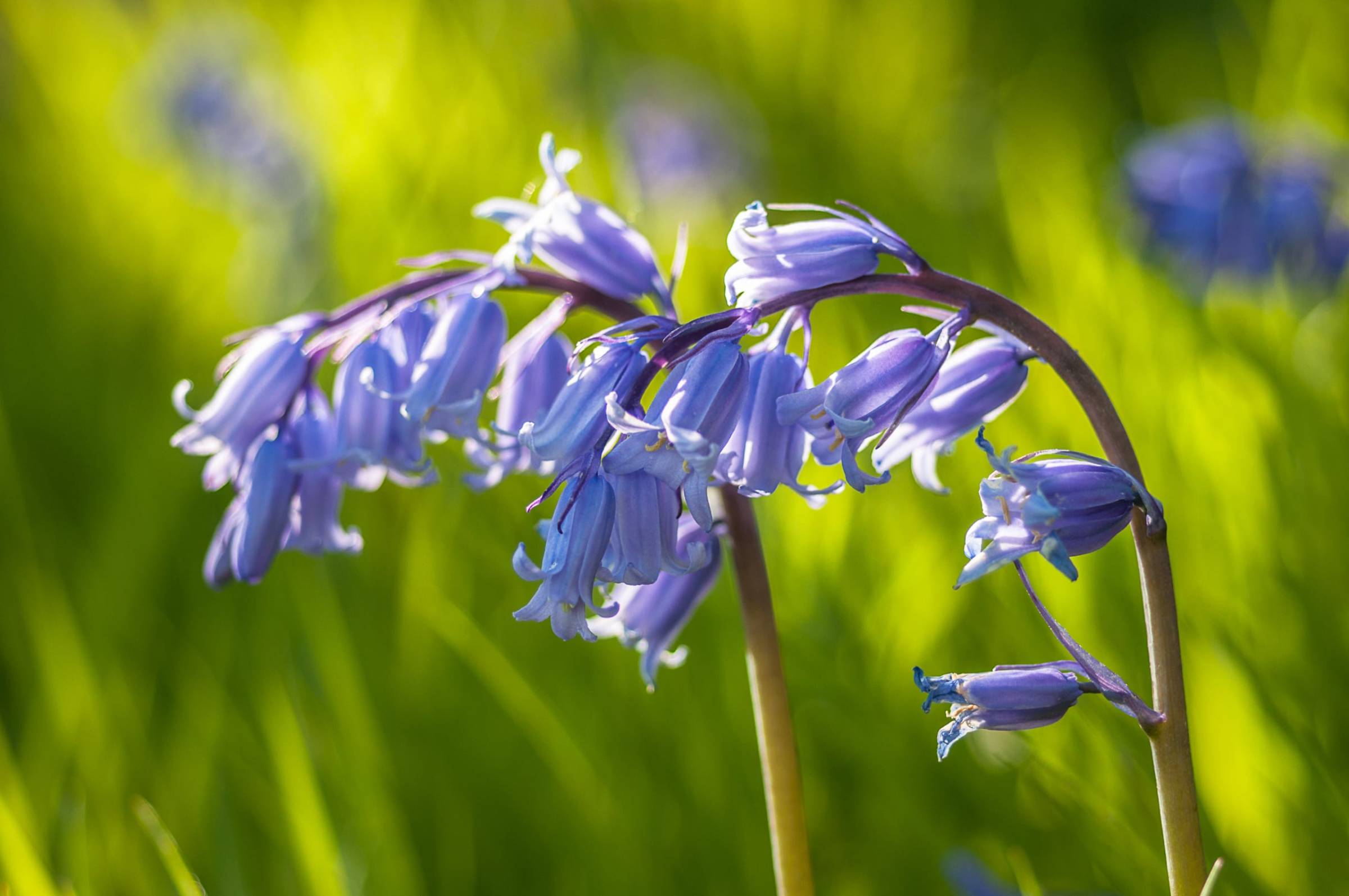
Usually appears: mid-April to late May/early June.
Facts: One of the best known wildflowers to be seen each year, the bluebell appears in huge numbers, usually in very old woods. Its sap is so sticky that people once used it to bind books!
Harebell
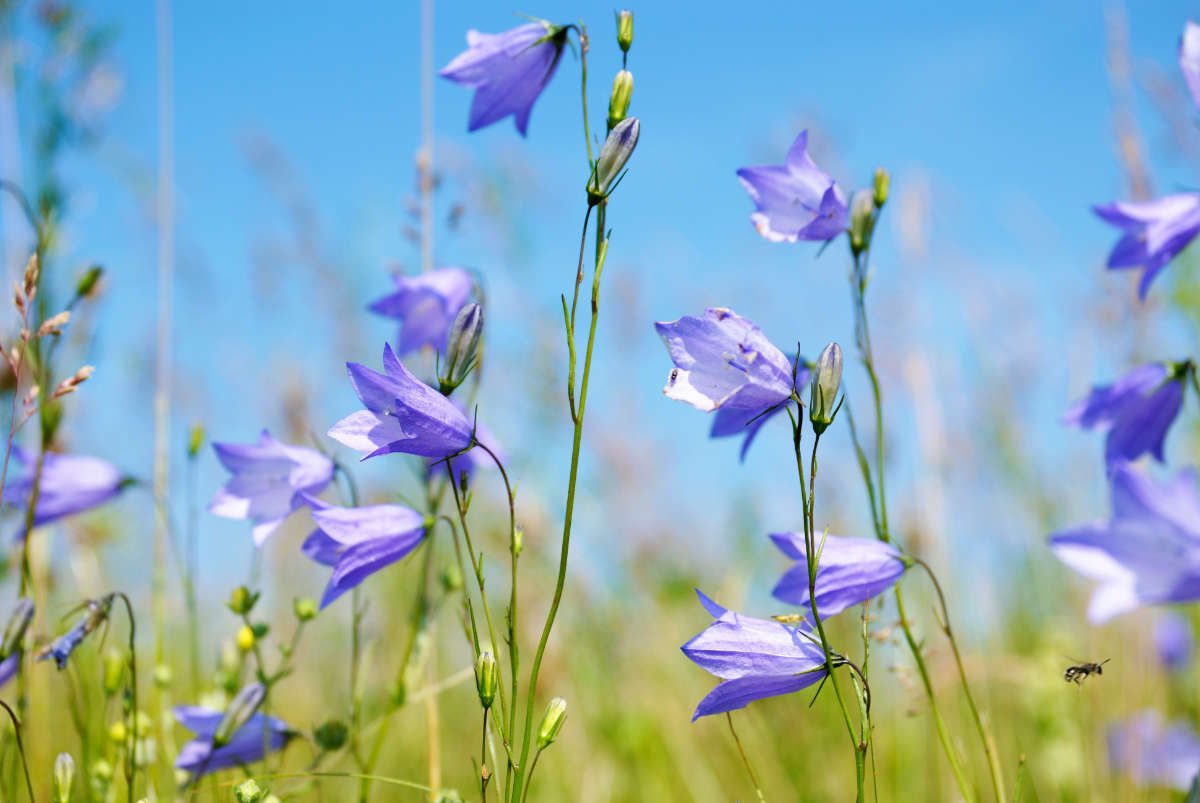
Usually appears: June through to September.
The Harebell, also known as Scottish Bluebell, appears on moorland between July and September. The harebell mostly grows on dry, undisturbed ground, which is why you’ll find it all over the heather-peppered moors of the Peak District. It is regularly visited by bumblebees and honeybees, providing an autumnal source of nectar for these insects.
Wood anemone
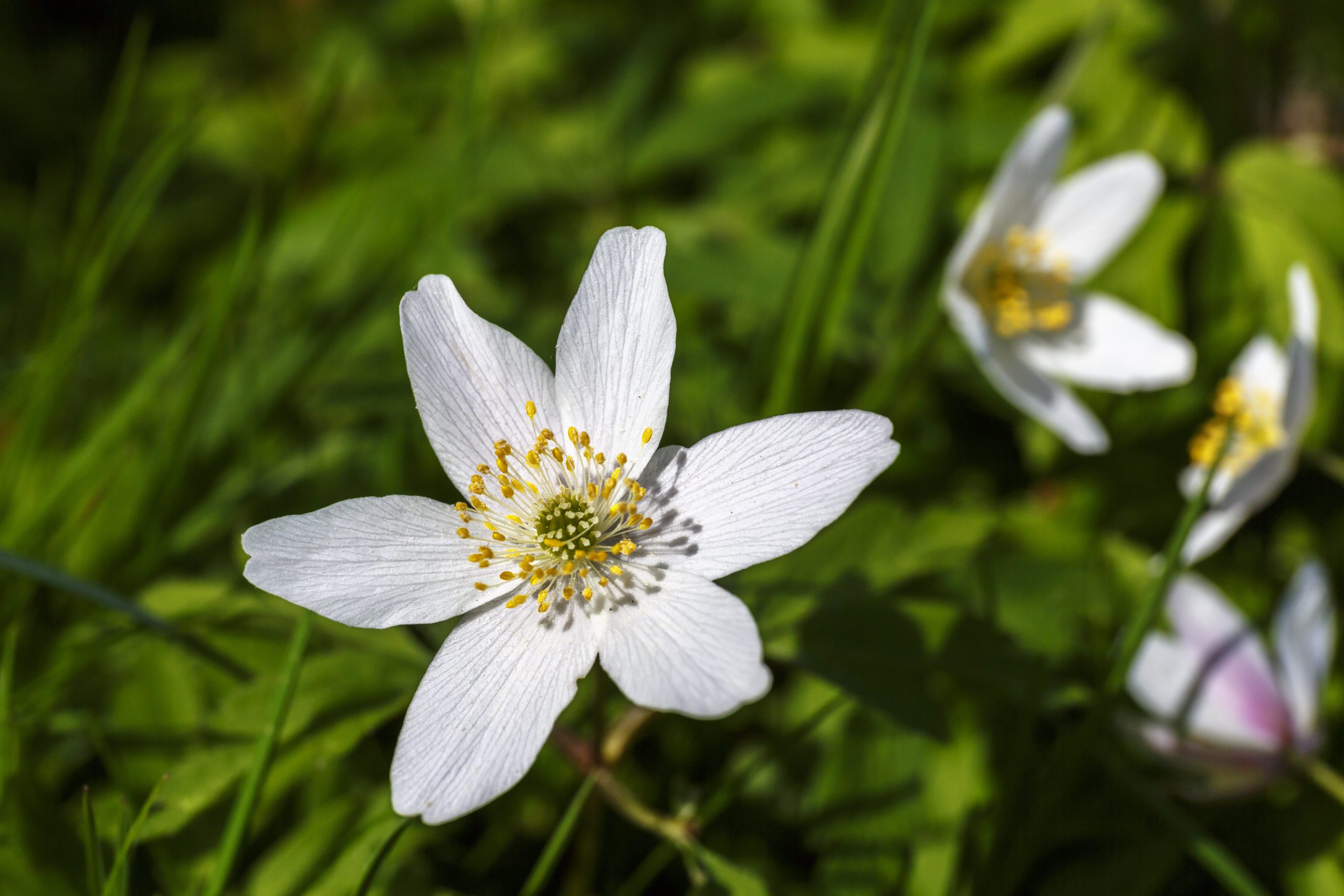
Usually appears: between March and May/June.
Facts: A low-growing flower that enjoys the dappled shade of forests, the wood anemone has large white petals and a reddish stem. It’s also known by the names thimble weed and smell-fox!
Primrose
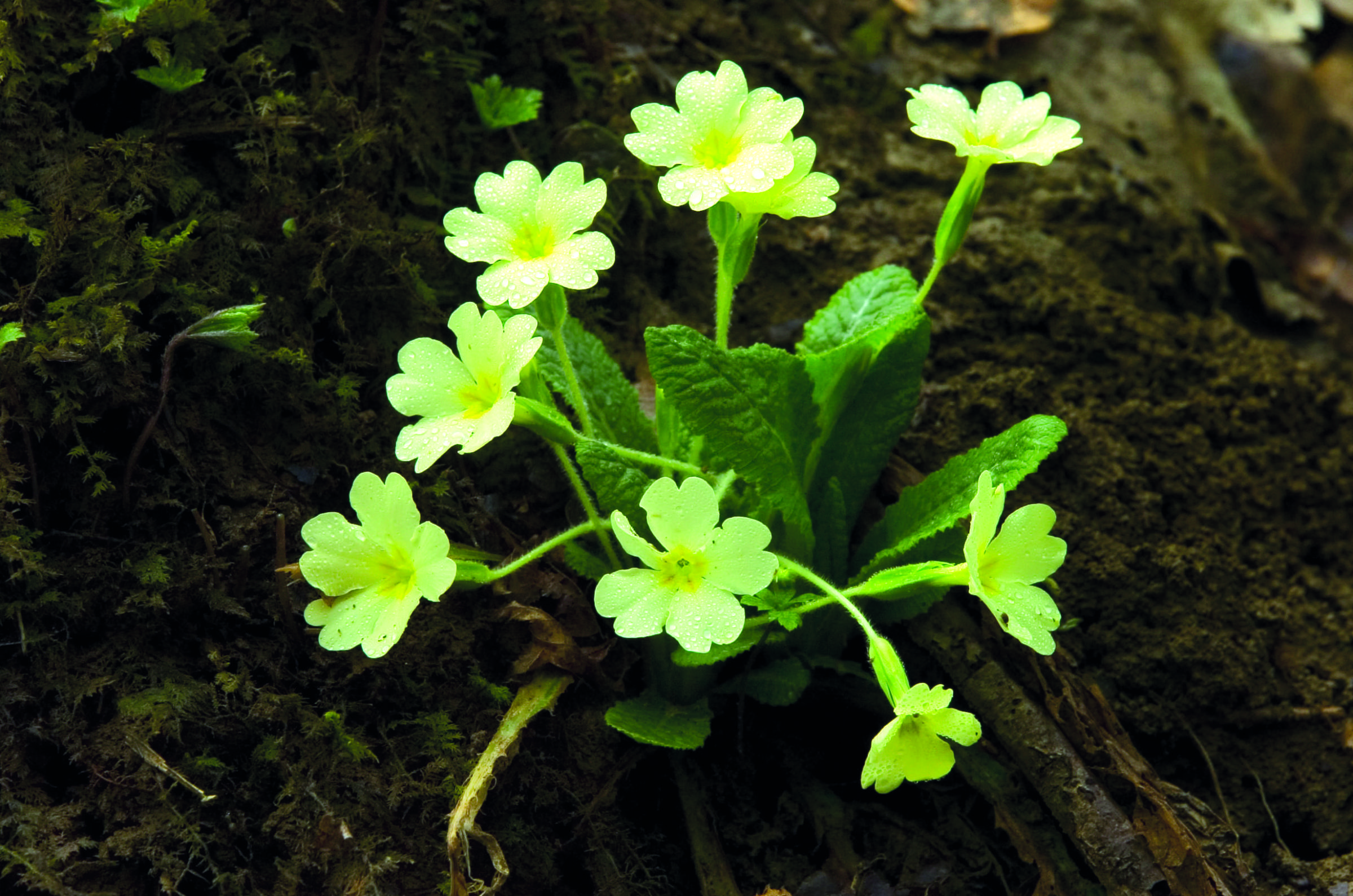
Usually appears: from late February
Facts: This pale yellow flower is one of the earliest to emerge each spring. It loves cool, damp places. Its name comes from the Latin word ‘primus’, meaning ‘first’, because it appears early.
You can visit the Grow Wild website for lots more information on wildflowers – as well as tips on how to grow your own.
Photo credits: I-Takch
